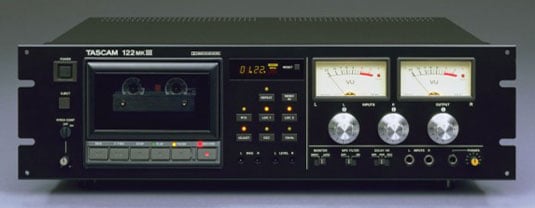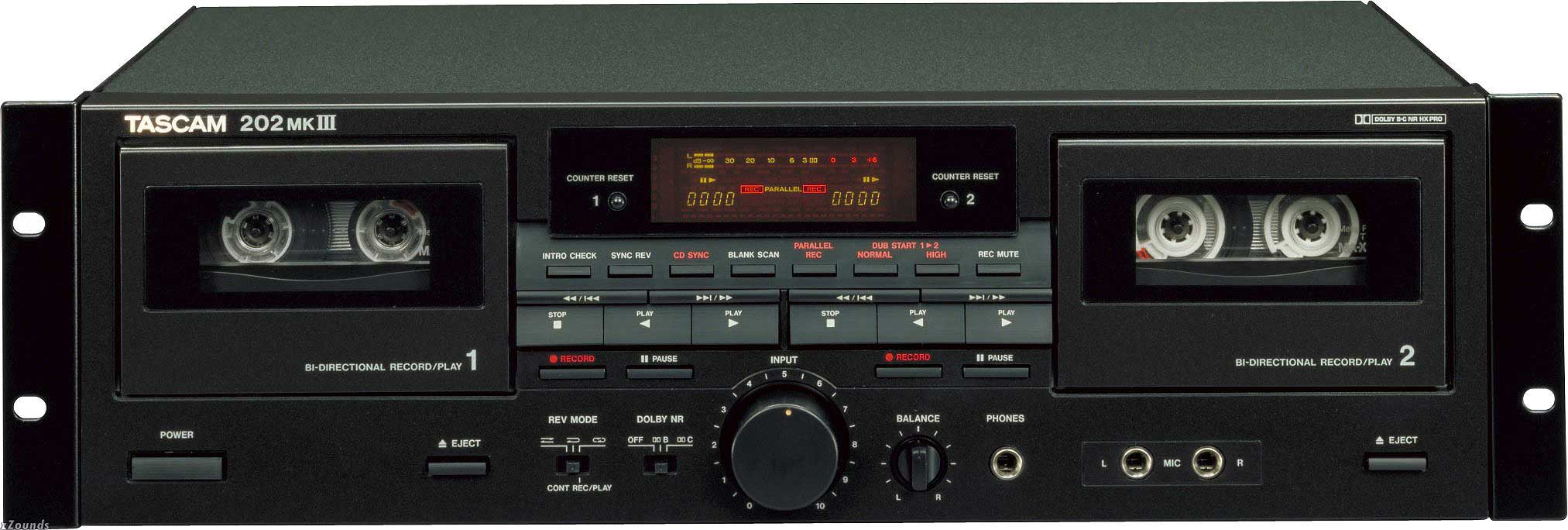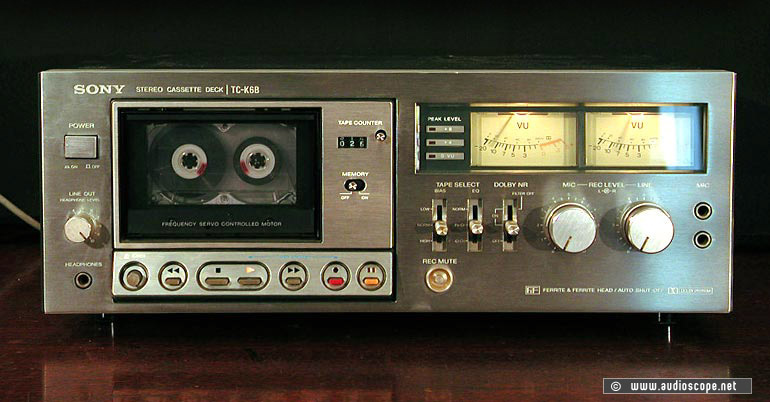Cassette deck
Cassette recorders are a special form of audio recorders, in which the sound recording is analogous to compact cassettes. They are one in the 1970s, become popular small version of the tape recorders. The Compact Cassette, also audio cassette called, was introduced in 1963 by Philips at the IFA exhibition in West Berlin and introduced in the market.
With the advent of digital sound recording, especially the MP3 format, as a support for private music collections the importance of cassette recorders from about the late 1990s, declined steadily. Meanwhile, a few tape recorders are commercially available just yet.
Types of tape recorders
Cassette player, there is a variety of combinations and styles:
- As the most portable single unit with speaker and built-in microphone
- As a voice recorder with microphone and additional functions, even for mini or micro cassette with reduced tape speed ( 2.4 cm / s and 1.2 cm / s)
- As a cassette deck without separate amplifier in a hi-fi tower ( " Tape Deck" ) or
- As part of a Midi Mini, Micro stereo or compact system
Until the late 1960s, you could play the commercially available prerecorded Musicassette only on so-called Cassettophonen without recording function.
First home computers (eg Sinclair ZX80 ) used from the end of the 1970s cassette recorder and data storage (see also Datasette ).
Standard equipment elements
- Play: Play the recording
- Recording: recording with deletion of the previous recording on the tape. A recording can be prevented individually for each page by the outbreak of the erasure prevention tabs on the top edge of the cassette.
- Rewind: Fast rewinding of the tape on the reel without sound
- Stop: take off the pressure roller and usually also of the magnetic head from the band, switching off the drive
- Pause: Just take off the pressure roller and disengage the winding spindle - the drive is running normally further and the heads remain in place. When recording the meter is still active.
- Eject or eject button to open the cassette holder
- Auto-Stop System ( Automatic shutdown of the tape drive at the end of the tape ). In simple drives is on the tape between sound and erase head, a pin, which monitors the voltage of the tape. Tightens the belt, the pin will trigger the stop. More complicated is either drives the rotation of the winding mandrels monitored or scanned with a light barrier the entry of the transparent pre-strip at the beginning / end of the cassette. If the coiling mandrel monitors, it also protects against Bandsalat.
- Input and output jacks
- Headphone output
- Meter
- Modulation controller or Aussteuerungsautomatik
- Fe-/Cr-Umschalter ( band selector switch) or automatic tape type selection
- Interrogating the host protection plates on the upper side of the tape
Other Elements
Depending on the use, price range and age you can find other elements and features.
- Input switch between microphone, DIN or RCA jack. Fallen into disuse, since DIN cables are no longer in use and microphones no longer be installed.
- Tape counter, with simple drives as mechanical counter; for complex digital drives, sometimes even in the unit minutes / seconds
- Built-in microphone (not with tape deck )
- Record timer, the recording time per circuit required for electronic keys an additional technique in mechanical buttons, it is sufficient to press them and use the device with a timer.
- Adjustable headphone output
- Built-in radio receiver
- Stereophony
- Style intake (REC MUTE ): Automatically insert a pause in the recording, for example, an automatic search may use the title Find
- Auto search, the breaks between shots presupposes
- Auto- reverse system (automatic page break at the end of tape )
- Check recorded by an additional head
- Adjustable bias ( BIAS)
- Noise reduction system, such as Dolby, High Com, DNL or dbx
- Illuminated cassette compartment










